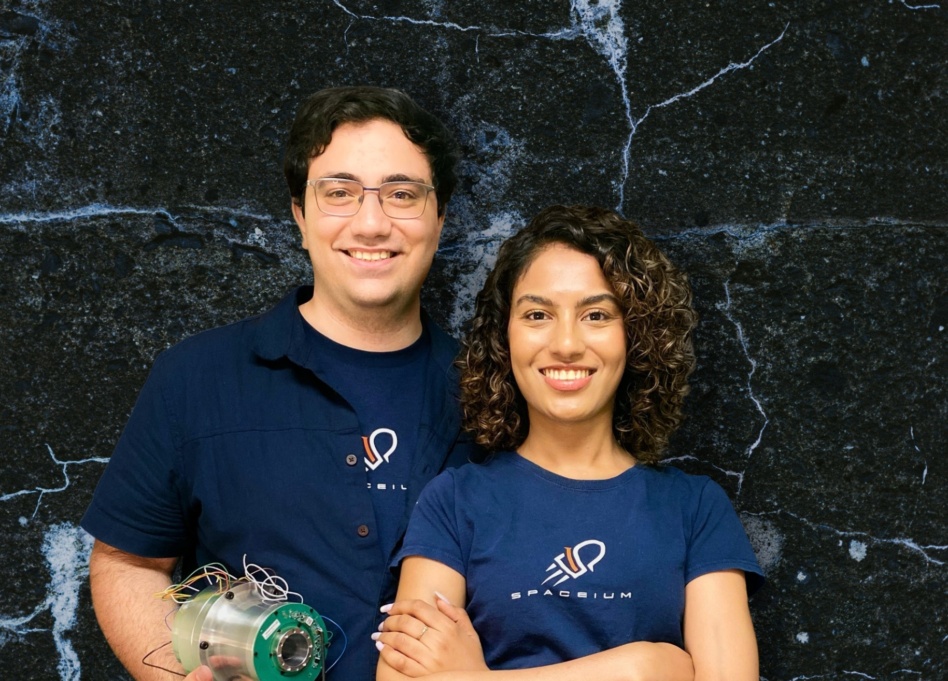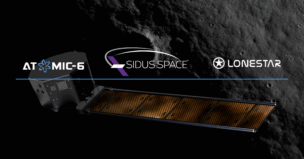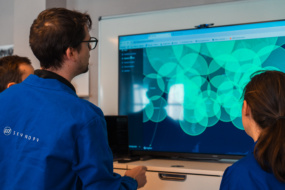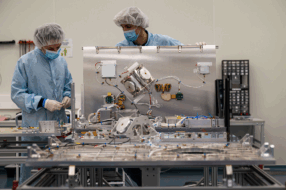Ashi Dissanayake and Reza Fetanat built a rocket that flew to 30,000 feet as students at the University of Ottawa. As the cofounders of Spaceium, a Canadian startup focused on in-orbit refueling and servicing, they’ve set their sights a fair bit higher.
The company, which was recently selected as part of Y Combinator’s space portfolio, wants to be the refueling and repair shop for spacecraft in GEO and beyond. Its first step toward that goal will come in mid-2025, when it plans to perform the first in-orbit cryogenic refueling mission in partnership with Space Machines Company.
How did we get here? Space travel has a fuel problem—namely that there are zero gas stations once you’re off Earth. Spaceium is trying to change that.
“Right now, how the space industry works is that [launch vehicles] have to carry all the fuel they need for their whole mission. They have to compromise on their payload capacity, as well as how far they can go, because 90% of the fuel they have on board is used to get out of Earth’s atmosphere,” Dissanayake, Spaceium’s CEO, told Payload.
Spaceium has developed a state-of-the-art cryogenic fuel storage system for space, which can hold multiple metric tons of cryogenic fuel without experiencing any boil off.
Attached to the fuel tank is a robotic arm developed by Spaceium that will be able to perform missions ranging from refueling rockets and lunar landers to repairing spacecraft.
Fetanat, the company’s CTO, is identifying the satellite and spacecraft parts that have historically been the most prone to damage so the company can have an in-orbit inventory ready for when the need arises.
“We have our robotic arm that we can use to transfer cryogenic fuel, non-cryogenic fuel, as well as to provide repairs. So, we have basically built a very modular core technology that we can adopt in the future,” Dissanayake said.
See it in action: Spaceium will demonstrate its technology terrestrially this fall during Y Combinator’s demo day. So far, the company has raised over $500,000 to build its first iteration and expects to raise more capital after the demonstration to put toward its first launch-ready refueling platform.
What’s next: Spaceium may not have flown yet, but that hasn’t stopped customers from lining up. In 2027, the company plans to launch an automated refueling station with multiple metric tons of cryogenic fuel, some of which has already been soft allocated to customers.
It has also taken bookings from customers for its planned missions in 2029 and 2030, by which point the company is planning to have up to 30 metric tons of fuel in orbit, Dissanayake said.
As more missions attempt to reach the moon, Spaceium expects its demand to increase, with the eventual goal of positioning automated refueling and repair stations in GEO and cislunar orbits.




